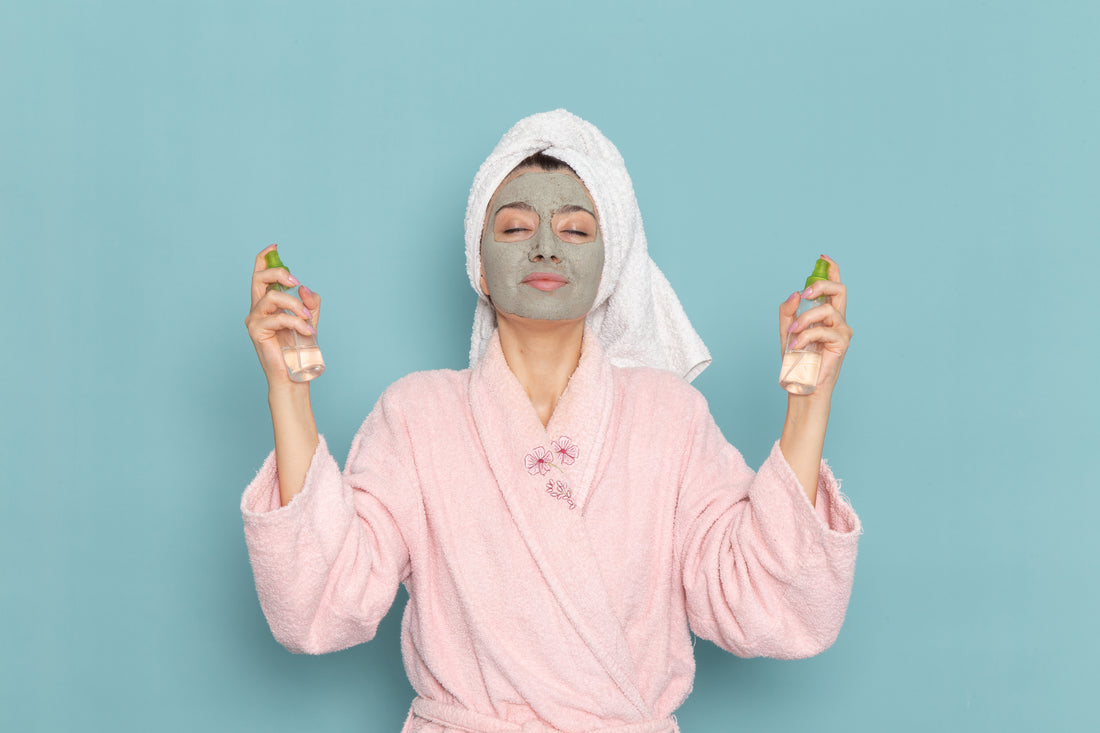Skincare Philosophy: Tradition vs Technology in J-Beauty and K-Beauty
Skincare Philosophy: Tradition vs Technology in J-Beauty and K-Beauty
Blog Article

When comparing the Japanese vs Korean skincare routine, the most defining difference lies in their core philosophies—tradition in J-beauty versus technology in K-beauty. These foundations influence how products are created, what ingredients are prioritized, and how each culture approaches beauty as a whole.
Japanese Skincare: Rooted in Ritual and Timeless Simplicity
The Japanese skin care routine reflects a centuries-old tradition focused on maintaining skin health through minimalism and balance. Inspired by practices like onsen (hot spring bathing) and kirei (cleanliness), Japanese skincare emphasizes prevention and long-term skin wellness. It values quality over quantity, often relying on a small set of highly effective products.
Commonly used ingredients in Japanese skin care—like rice bran, green tea, camellia oil, and fermented extracts—are time-tested and naturally derived. These offer anti-aging benefits, hydration, and antioxidant protection without overburdening the skin. The idea is to enhance the skin’s natural resilience rather than overload it.
Brands like Hada Labo, SK-II, and Shiseido champion this philosophy. The best Japanese skin care products focus on hydration and protection, rather than aggressive treatments. This approach makes Japanese beauty products especially suitable for sensitive skin and long-term maintenance.
Korean Skincare: Driven by Innovation and Fast-Acting Results
In contrast, Korean skin care routine is grounded in rapid innovation and multi-step layering for instant visible results. K-beauty is always on the cutting edge, experimenting with new textures (like jelly masks and ampoules), ingredients (like snail mucin, bee venom, and cica), and application methods.
The focus is on achieving perfect skin now—bright, glassy, and smooth. Korean skincare consumers expect fast, transformative effects, and brands deliver. Products are designed for targeted concerns like pigmentation, acne, or dullness, using carefully crafted actives often supported by dermatological research.
Korean skincare is also highly accessible due to its affordability and mass appeal. It caters to a broad audience, from teenagers to mature users, and is easily customizable. Whether it’s a 5-step or 10-step routine, K-beauty empowers consumers to curate their own regimen.
Popular Korean brands like Cosrx, Innisfree, and Laneige constantly launch trend-setting items that go viral. This consumer-driven approach results in frequent product updates, pushing boundaries in beauty science.
Tradition vs Technology: Which Is Right for You?
Choosing between Japanese or Korean skincare routine depends on what your skin needs and how much time you’re willing to invest. If you value heritage, gentle minimalism, and best Japanese cosmetics made with timeless ingredients, J-beauty might be your ideal match. It’s perfect for those who want to preserve skin health with elegant simplicity.
However, if you prefer customization, fast results, and don’t mind trying new steps or textures, K-beauty offers dynamic, trend-forward options. It's ideal for those who like skincare as a form of self-care experimentation.
In the end, many users blend the best of both worlds—perhaps using Japanese skin products for cleansing and sun protection, and Korean products for essences or serums.